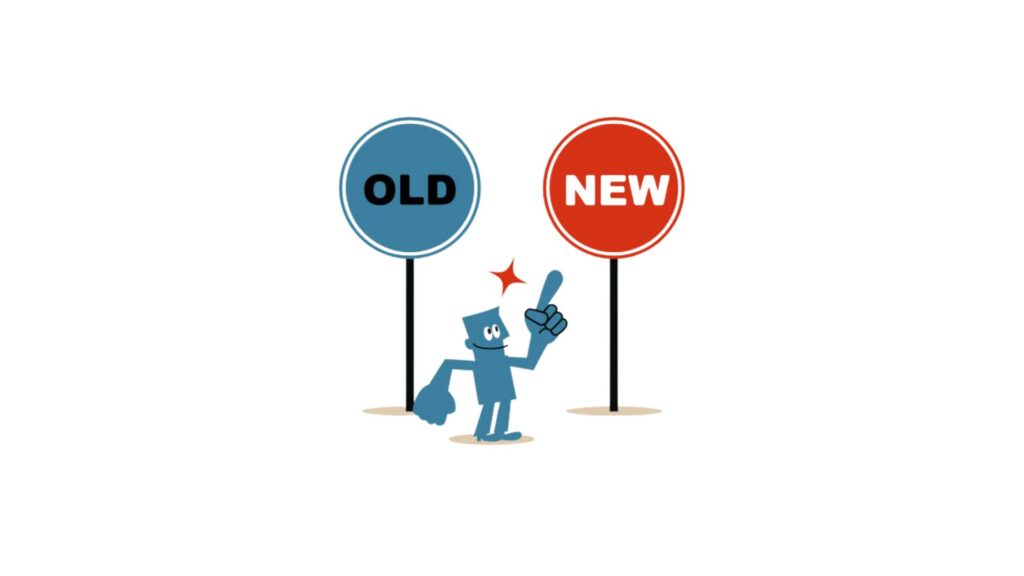
20 Apr Making Informed Choices: Old vs. New Tax Regimes

Introduction
In the ever-evolving landscape of taxation, choosing between India’s old and new tax regimes demands a careful consideration of various factors. This decision hinges on individual financial circumstances, income sources, and investment patterns. With the new financial year, the new income-tax regime emerges as the default option, altering the dynamics of tax planning. This article aims to dissect both tax regimes, highlighting their respective benefits and drawbacks to assist taxpayers in making informed decisions.
Old Tax Regime: Delving Into Deductions
- Deductions Galore: Under the old tax regime, taxpayers enjoy a plethora of deductions encompassing diverse expenses. These deductions span investments in instruments like the Public Provident Fund (PPF), equity-linked savings scheme (ELSS), and National Pension System (NPS) under Section 80C. Additionally, deductions are available for expenses such as House Rent Allowance (HRA), medical expenses under Section 80D, interest on home loan repayment, leave travel allowances (LTA), and education loans (Section 80E). Leveraging these deductions effectively reduces taxable income, thereby mitigating tax liabilities.
- Tailored for Investors and Expense-Heavy Individuals: The old regime caters particularly to investors and individuals burdened with significant expenses. If you heavily invest in tax-saving instruments, pay home loan interest, or incur substantial medical costs, the old regime emerges as an attractive option. It facilitates considerable tax savings by lowering taxable income through deductions.
- Drawbacks of the Old Regime: Despite its advantages, the old tax regime exhibits certain drawbacks. One prominent limitation is the higher tax slabs compared to the new regime. Individuals falling within higher income brackets may face increased tax liabilities even after availing deductions. Moreover, adhering to the old regime necessitates meticulous record-keeping for all claimed deductions, which can prove arduous and time-consuming.
New Tax Regime: A Paradigm Shift
- The Simplicity of the New Regime: Introduced in 2020, the new tax regime heralds a simplified approach towards taxation, redefining the filing process.
- Benefits of the New Regime
- Lower Tax Slabs: Compared to its predecessor, the new regime offers lower tax slabs. This translates into reduced tax liabilities, especially beneficial for individuals in lower income brackets.
- Simpler Filing Process: One of the hallmark features of the new regime is the elimination of the need to claim deductions for most expenses. This streamlines the tax-filing process, alleviating the burden of meticulous record-keeping.


No Comments